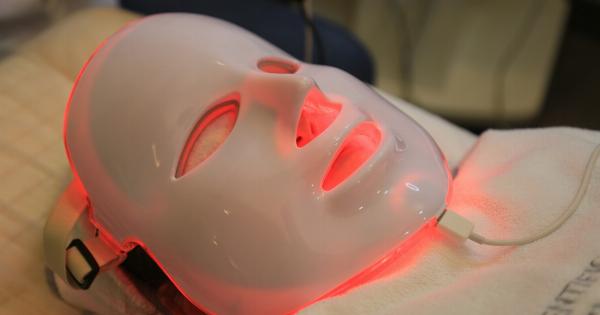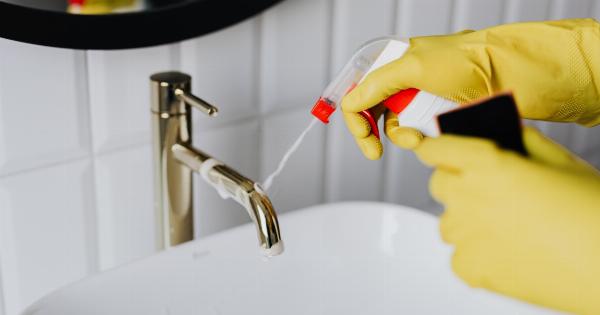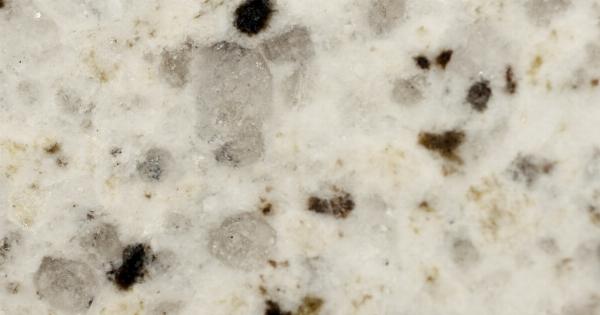Chemical peels have become increasingly popular in the world of skincare in recent years.
These treatments involve applying a chemical solution to the skin, which exfoliates and peels off the outermost layer, revealing a fresh and rejuvenated complexion underneath. Chemical peels can be used to address a variety of skin concerns, including wrinkles, acne scars, sun damage, and hyperpigmentation.
However, not all chemical peels are created equal, and different types of peels are recommended for different skin types.
Understanding Different Skin Types
Before delving into the various types of chemical peels, it is essential to understand the different skin types. Broadly speaking, there are five main skin types: normal, dry, oily, combination, and sensitive.
Each skin type has its own characteristics and requires specific care and treatments to keep it healthy and radiant.
Glycolic Acid Peels for Normal Skin
Glycolic acid is a popular choice when it comes to chemical peels for normal skin. This type of peel is derived from sugarcane and is known for its ability to gently exfoliate the skin, leaving it smoother, brighter, and more even-toned.
Glycolic acid peels are effective in addressing fine lines, acne, and age spots. They also stimulate collagen production, resulting in firmer and more youthful-looking skin.
Lactic Acid Peels for Dry Skin
Dry skin lacks moisture and tends to be flaky, rough, and prone to dullness. Lactic acid peels are an excellent choice for individuals with dry skin because they have hydrating properties.
Lactic acid, which is derived from milk, effectively exfoliates the top layer of dry skin while simultaneously improving its moisture content. This type of peel helps soften fine lines, reduce dry patches, and improve overall skin texture.
Salicylic Acid Peels for Oily Skin
Oily skin is characterized by excess sebum production, which can lead to clogged pores, acne breakouts, and a shiny complexion. Salicylic acid peels are a go-to option for individuals with oily skin.
Salicylic acid is a beta-hydroxy acid that penetrates deep into the pores, unclogging them and reducing sebum production. This type of peel is effective in treating acne, reducing oiliness, and minimizing the appearance of enlarged pores.
Jessner’s Peels for Combination Skin
Combination skin is a combination of dry and oily areas. It can pose a challenge when it comes to finding the right skincare treatments. Jessner’s peels are a great option for individuals with combination skin.
This type of peel is a combination of lactic acid, salicylic acid, and resorcinol. Jessner’s peels gently exfoliate the skin, unclog pores, and control oiliness, making them suitable for both dry and oily areas of the face.
Mandelic Acid Peels for Sensitive Skin
Sensitive skin is easily irritated and prone to redness and inflammation. Mandelic acid peels are considered a safer choice for individuals with sensitive skin. Mandelic acid is derived from almonds and has gentle exfoliating properties.
It helps improve skin texture, reduce acne, and even out skin tone without causing excessive redness or irritation.
Medium Depth Peels for Moderate Concerns
In addition to the aforementioned peels, there are medium depth peels that can address more significant skin concerns.
Medium depth peels, such as trichloroacetic acid (TCA) peels, penetrate deeper into the skin, targeting moderate wrinkles, sun damage, and uneven skin tone. These peels require downtime and may result in temporary redness, peeling, and dryness.
Deep Peels for Advanced Concerns
Deep peels are the most aggressive type of chemical peels and are reserved for advanced skin concerns. Phenol peels are the primary type used for deep peels. They effectively treat deep wrinkles, severe sun damage, and other advanced signs of aging.
These peels require significant downtime and should only be performed by a trained professional.
Consultation with a Skincare Professional
Before undergoing any chemical peel, it is vital to consult with a licensed skincare professional. They will assess your skin type, identify your specific concerns, and recommend the most suitable type of peel for your needs.
Additionally, they will determine the appropriate peel concentration and guide you through the preparation and aftercare process to ensure optimal results and minimize potential risks.
Finding the Right Chemical Peel for You
Choosing the right chemical peel for your skin type is crucial to achieve a safe and effective outcome.
By understanding your skin type and its specific needs, you can work with a skincare professional to identify the most appropriate peel for your concerns. Whether you have normal, dry, oily, combination, or sensitive skin, there is a chemical peel out there that can help you achieve the healthy and radiant complexion you desire.




























